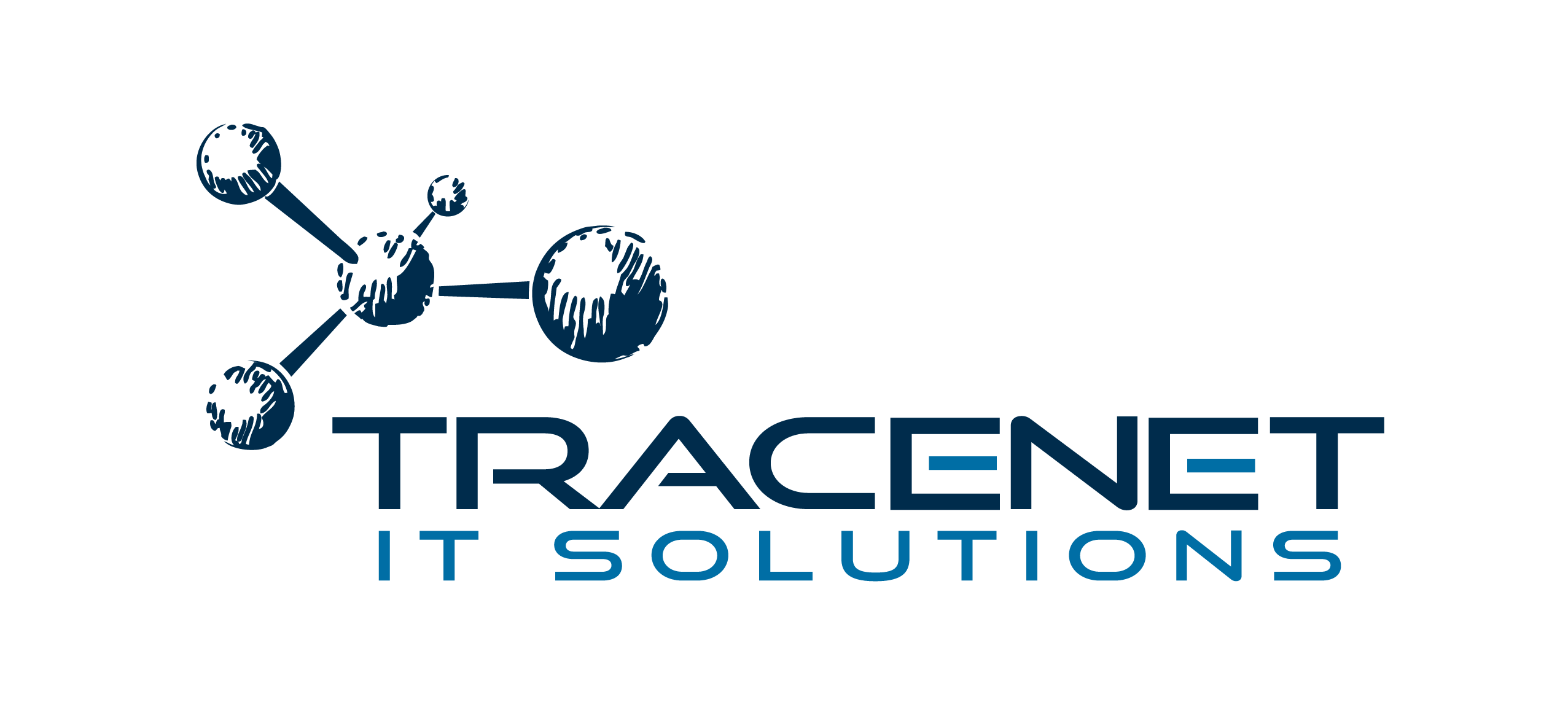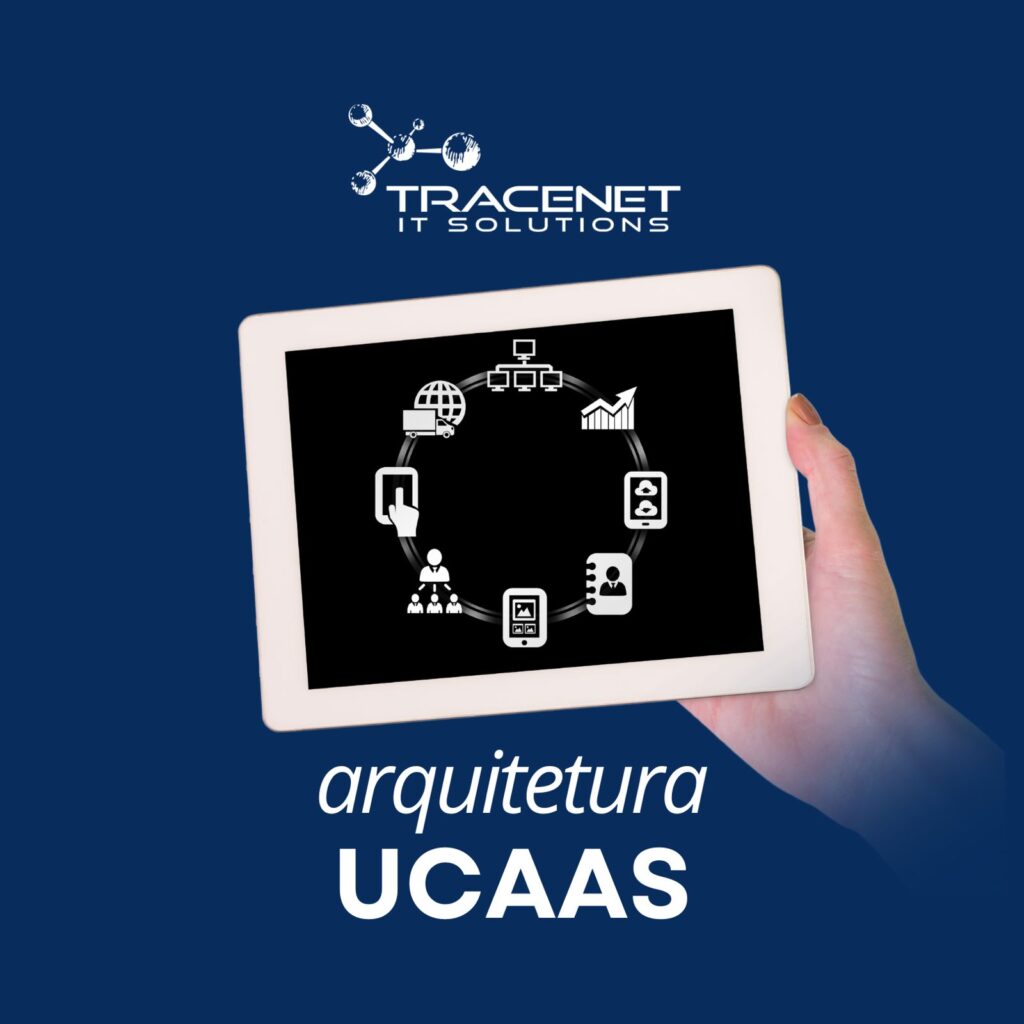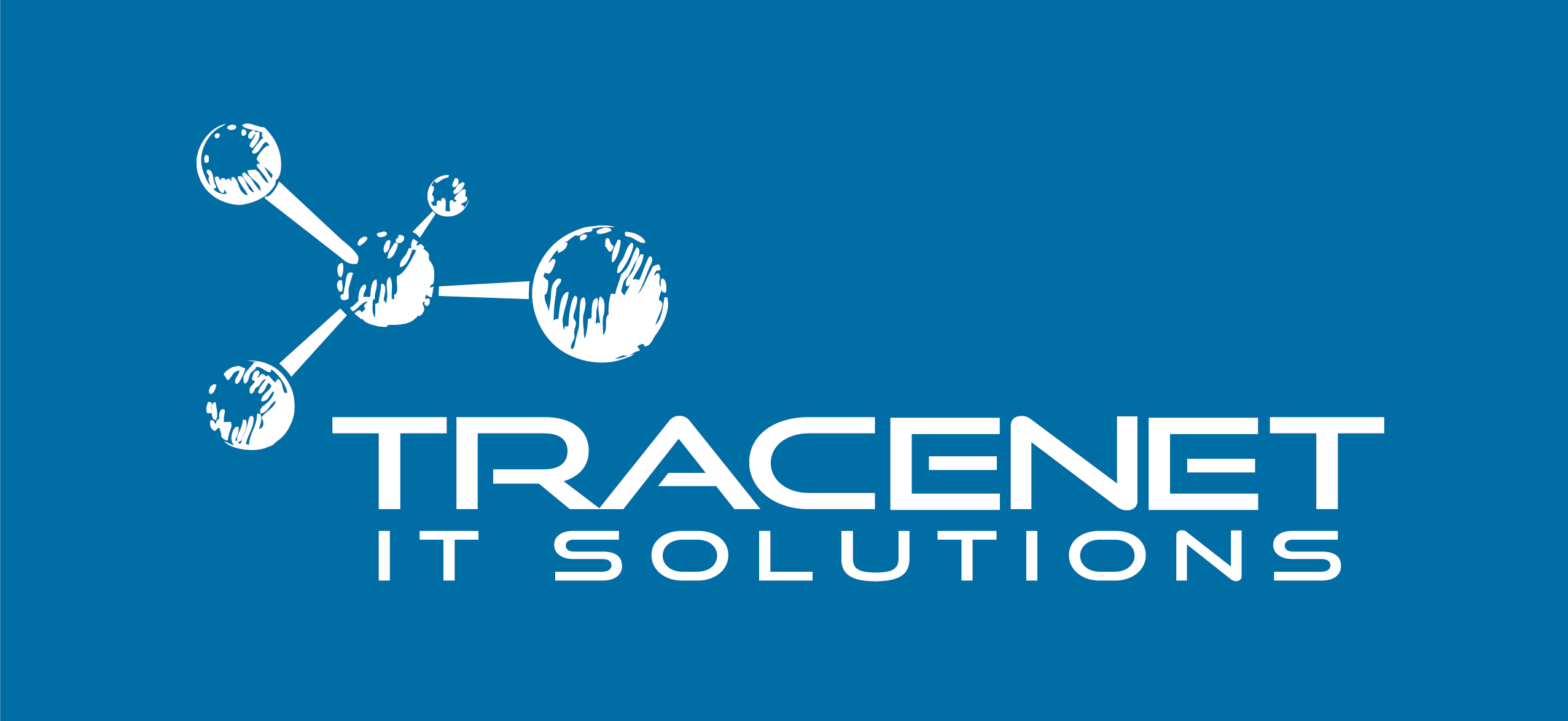UCAAS architecture has emerged as a response to the growing demand for efficient and flexible solutions to meet companies' diverse communication needs.
According to a report by MarketsandMarkets, the global market for these tools is expected to reach an impressive USD 69.93 billion by 2028, driven by the digital transformation of companies and the need for solutions that support remote working and global operations.
In addition, a Gartner study highlights that 75% of companies have migrated their communication solutions to the cloud, reinforcing the trend toward adopting this technology as a crucial part of modern corporate infrastructure.
With so many options available on the market, it is essential that organizations know how to choose the UCAAS architecture that best meets their specific needs. After all, these systems allow for the integration of various communication and collaboration tools on a single cloud-based platform.
Although choosing the ideal provider and solution can be a challenge, the right decision has the power to guarantee the efficiency of internal and external communications, as well as optimize team productivity.
Find out more about the subject in this content, specially prepared by Tracenet Solutions.
What is UCAAS Architecture?
The UCAAS Architecture (Unified Communications as a Service) is a cloud-based solution that integrates a variety of communication and collaboration tools into a single platform, accessible from anywhere, at any time.
The UCAAS proposal is to integrate and manage various communication channels in a fluid, scalable and efficient way, without the need for heavy investments in physical infrastructure, which allows organizations to focus on their business while the provider takes care of all the technical and operational side.
How does UCAAS work?
The UCAAS architecture works on a cloud-based multi-cloud or single cloud infrastructure, where all the communication components (telephony, video conferencing, messaging, etc.) are hosted on high-performance data center servers.
Communication between user devices and cloud servers takes place via internet protocols (IP), with data being transmitted securely over protected networks. UCAAS providers often use technologies such as SD-WAN (Software-Defined Wide Area Network) to optimize data transmission, ensuring better performance and reliability.
What are the components and functionalities of a UCAAS Architecture?
One of the main features of UCAAS is cloud telephony, which replaces the traditional telephone system, allowing high-quality voice calls to be made over the internet.
With this solution, you can make and receive calls, manage extensions and hold conferences, all without the need for a complex physical infrastructure. This solution can also be integrated with systems such as PBX (Private Branch Exchange) for more efficient management of corporate calls.
In addition to telephony systems, it is possible to integrate videoconferencing solutions into the UCAAS architecture, which offer the ability to hold high-quality virtual meetings.
This integration can include features such as screen sharing, recording meetings, scheduling and sending invitations, and even integration with corporate calendars.
It is also possible to add webinars and other forms of group collaboration, allowing geographically dispersed teams to connect easily.
Many UCAAS platforms offer instant messaging features, where employees can communicate quickly, without the need for formal email exchanges. Messages can be segmented by channels or groups, facilitating communication between teams, departments, and projects.
In addition to calls and messages, real-time collaboration tools such as shared documents, simultaneous file editing, and collaborative notes can be integrated. The idea is to allow teams to work together, even if they are physically distant, without losing efficiency and fluid communication.
Another important feature of a UCAAS architecture is its ability to integrate with other business platforms and systems, such as CRM (Customer Relationship Management), ERP (Enterprise Resource Planning), marketing automation software, and even virtual assistants.
This ensures that sales, marketing, support and other teams have access to the same information and can collaborate efficiently, as well as optimizing processes and improving customer service.
What are the advantages of Unified Communications as a Service for companies?
A UCAAS Architecture offers some significant advantages in the current context of digital transformation and the growing demand for flexible and efficient communication solutions. Check out the main benefits that can be observed:
1. Cost reduction
The main advantage of a UCAAS architecture is the reduction in physical infrastructure costs.
Instead of investing in servers, hardware and traditional telephony systems, companies can rely on a cloud-based platform, paying only for what they use.
In addition, the elimination of system maintenance and specialized technical support costs significantly reduces operating expenses.
2. scalability and flexibility
One of the biggest advantages of the UCAAS model is its scalability.
Companies can easily adjust the amount of resources (such as users, telephone lines or videoconferencing capacity) according to their needs, without the need for major investments or infrastructure reconfiguration.
This flexibility is indispensable for companies that are growing or that need to adapt quickly to changes in the market.
3. mobility
The UCAAS architecture allows employees to access their communication tools from anywhere with an internet connection, promoting remote working and mobility.
This is essential for distributed teams, traveling employees or even companies looking to increase productivity and employee satisfaction by offering greater freedom and flexibility at work.
4. Improved collaboration
By integrating different communication tools (telephony, instant messaging, videoconferencing, e-mail), UCAAS platforms promote more efficient and fluid collaboration between teams.
Features such as document sharing, group calls and virtual meetings contribute to faster communication and more agile decision-making, regardless of the geographical location of employees.
5. easier management
By adopting a UCAAS architecture, companies benefit from faster installation and easier management of communication tools.
As the solution is cloud-based, there is no need to install complex hardware or software on company premises. In addition, updates and maintenance are managed by the UCAAS provider, ensuring that the system is always up to date-and working efficiently.
6. increased productivity
Centralizing communication and collaboration tools on a single platform improves employee productivity.
They can make calls, send messages and take part in video conferences without having to switch between multiple systems and platforms. This results in less time wasted on context switching and greater agility in daily tasks.
7. Security
UCAAS providers offer robust data security solutions, such as encryption in transit and at rest, access control and multi-factor authentication.
This ensures that companies’ sensitive communications and data are protected from threats. In addition, many platforms comply with regulations such as the LGPD and GDPR, ensuring that companies meet data protection standards.
8. integrativity
UCAAS offers integration with other business solutions, such as CRM (Customer Relationship Management) systems, ERP (Enterprise Resource Planning) and marketing automation platforms.
This integration helps to centralize information and optimize processes, ensuring that data flows easily between different departments and systems, and improving the company’s overall efficiency.
9. reliability
With UCAAS providers, companies are guaranteed high availability of services.
Many solutions offer SLAs (Service Level Agreements) that guarantee high levels of performance, such as low latency and high availability, to ensure that communications are uninterrupted.
Efficient technical support is also an advantage, with specialized teams available to resolve problems quickly.
10. Advanced features
UCAAS systems offer advanced features that are not commonly found in traditional communication solutions, such as:
Artificial intelligence (to optimize customer service and communication processes); Data analysis (to measure the effectiveness of communications and make adjustments) and Process automation (reducing manual tasks and increasing efficiency).
Conclusion: how do you choose a UCAAS architecture to use in your company?
Choosing the best UCAAS Architecture solution for your business can be a challenge, given the number of options available on the market and the diversity of features that each provider offers.
However, by considering some essential criteria, such as your company’s specific needs, scalability, security, integration with other tools, and cost-effectiveness, you can make a more informed and strategic decision.
First, it’s important to evaluate the functionalities and features that are most relevant to your organization, such as cloud telephony, video conferencing, real-time chat, and document collaboration.
Also, consider the ease of implementation and the quality of the support offered by the provider, to ensure a smooth transition and continuous operation.
So choose a provider that fits your budget without compromising the quality of the service. The right choice not only optimizes communications and your team’s productivity but also ensures that your company is prepared for the future with a flexible and efficient platform.
With careful evaluation and a strategic approach, you can choose the solution that will bring the most benefits to your business, promoting efficient and modern communication.
And you can count on Tracenet Solutions for that decision! We have reliable partners who will bring you all the benefits mentioned above and much more. Get in touch and get a quote!



